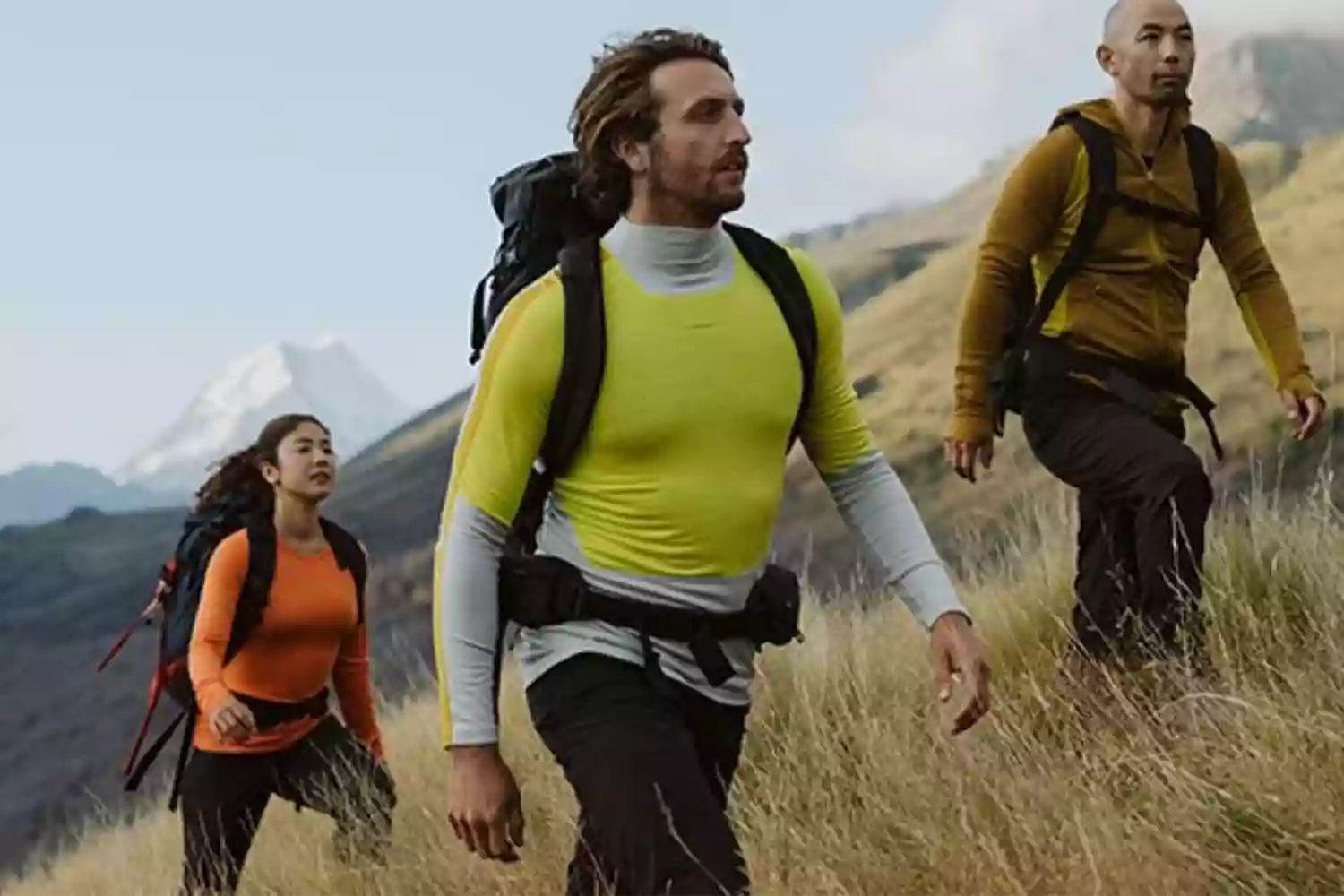What to Wear on Kilimanjaro: Base Layers and Hiking Shirts Guide
Choosing the right base layers and hiking shirts for Kilimanjaro is one of the most important parts of preparing for your trek. Kilimanjaro’s climate varies dramatically as you move through ecological zones—from humid rainforest to freezing alpine desert and summit. You’ll need moisture-wicking, breathable clothing that keeps you dry, warm, and comfortable. Proper layering can make or break your experience, so understanding which materials, styles, and combinations are best will keep you performing your best all the way to Uhuru Peak.

What to Wear on Kilimanjaro: Base Layers and Hiking Shirts Guide
Mount Kilimanjaro features five distinct climate zones. From hot, humid jungles to glacial summit zones, clothing plays a key role in your comfort and success. The first step in your clothing strategy should focus on proper base layers and hiking shirts that regulate temperature and wick away moisture.
1. What Are Base Layers?
Base layers are your first layer of clothing worn next to the skin. Their job is to wick sweat away from your body and help regulate temperature. Avoid cotton—once wet, it stays wet and can make you dangerously cold. Instead, choose materials like:
- Merino Wool: Naturally odor-resistant, insulating, and moisture-wicking.
- Synthetic (Polyester/Polypropylene): Dries quickly and is lightweight.
- Blend Fabrics: Some gear combines wool and synthetic for enhanced performance.
2. Ideal Base Layer Clothing List
- 2–3 Merino wool or synthetic thermal tops (long sleeve)
- 2 pairs of thermal base layer bottoms for cold nights and summit
- Breathable sports bras (for women) or compression layers
- Thermal socks and glove liners to complement your layering
3. Hiking Shirts: Midday and Lower Altitude Layers
During the lower altitude trekking days (especially in rainforest and moorland zones), you’ll want breathable, quick-drying hiking shirts. These should allow airflow and protect you from the sun and insects.
- Short Sleeve Quick-Dry Shirts: Lightweight polyester or synthetic blend shirts for warm days.
- Long Sleeve Hiking Shirts: UV-protective, moisture-wicking with roll-up sleeves for flexibility.
- Convertible Shirts: Zippered sleeve options give flexibility as temperatures change.
4. Layering Strategy for Kilimanjaro
Your clothing system should follow the layering method to adjust as the altitude changes:
- Base Layer: Thermal shirts and leggings for warmth and sweat control.
- Mid Layer: Fleece or insulated jackets to trap body heat.
- Outer Layer: Waterproof and windproof shell jackets for protection.
- Optional Layer: Lightweight hiking shirts underneath on warmer days.
5. Clothing Tips for Kilimanjaro Climbers
- Layering allows you to add or remove clothing based on weather and exertion.
- Always pack extra base layers for changing when wet or after a long day.
- Bring at least one clean base layer for summit night to stay warm and dry.
- Odor-resistant fabrics like merino wool keep you fresh over multiple days.
Recommended Brands
- Icebreaker (merino base layers)
- Smartwool
- Columbia, Arc"teryx, and Patagonia (hiking shirts and outdoor gear)
- Decathlon (budget-friendly options for synthetic base layers)
Frequently Asked Questions
How many base layers should I bring for Kilimanjaro?
2–3 thermal tops and 2 thermal bottoms are ideal. One pair should be reserved for summit night.
Can I wear cotton hiking shirts?
No. Cotton retains moisture and will make you cold. Stick to moisture-wicking synthetics or wool.
Are base layers worn every day on the trek?
Yes, especially in colder zones or at night. During warm days, you may wear just a hiking shirt.
Can I wash my clothes on Kilimanjaro?
No, washing facilities are not available on the mountain. Bring fast-drying items and pack extras.
If you"re unsure what to pack or need a gear checklist, email us at Chat on WhatsApp or jaynevytours@gmail.com and we’ll help you prepare properly.
